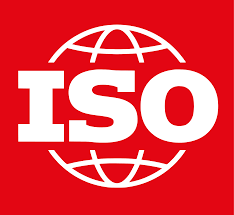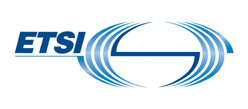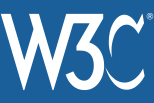ISO/TS 23258:2021 Blockchain and distributed ledger technologies Taxonomy and Ontology
This document specifies a taxonomy and an ontology for blockchain and distributed ledger technologies (DLT). The taxonomy includes a taxonomy of concepts, a taxonomy of DLT systems and a taxonomy of application domains, purposes and economy activity sections for use cases. The ontology includes classes and attributes as well as relations between concepts. The audience includes but is not limited to academics, architects, customers, users, tool developers, regulators, auditors and standards development organizations.



